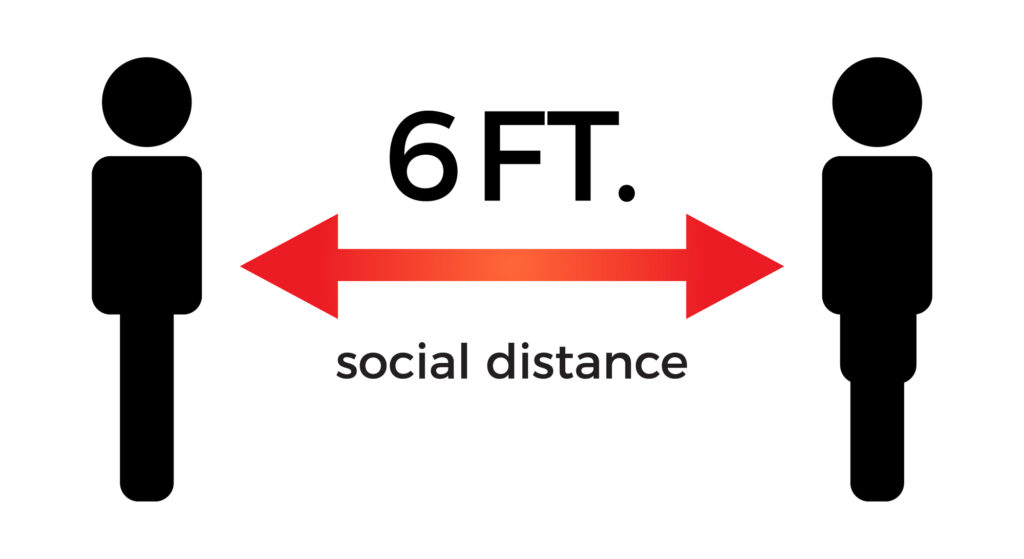among primary and secondary students and staff: A retrospective, state-wide cohort study
HOW CLOSE IS TOO CLOSE
Polly van den Berg, MD, Elissa M Schechter-Perkins, MD, MPH, Rebecca S Jack, MPP, Isabella Epshtein, MPP, Richard Nelson, PhD, Emily Oster, PhD, Westyn Branch-Elliman, MD, MMSc, Effectiveness of three versus six feet of physical distancing for controlling the spread of COVID-19 among primary and secondary students and staff: A retrospective, state-wide cohort study, Clinical Infectious Diseases, 2021;, ciab230, https://doi.org/10.1093/cid/ciab230
Copyright Information for Rightsink
US Government – This article is a work of the United States government. Such works are not entitled to domestic copyright protection under U.S. law and are therefore in the public domain.
This act only applies to U.S. domestic copyright as that is the extent of U.S. federal law. The U.S. government asserts that it can still hold the copyright to those works in other countries https://www.usa.gov/government-works
Abstract
National and international guidelines differ about the optimal physical distancing between students for prevention of SARS-CoV-2 transmission; studies directly comparing the impact of ≥3 versus ≥6 feet of physical distancing policies in school settings are lacking. Thus, our objective was to compare incident cases of SARS-CoV-2 in students and staff in Massachusetts public schools among districts with different physical distancing requirements. State guidance mandates masking for all school staff and for students in grades 2 and higher; the majority of districts required universal masking.
Methods
Community incidence rates of SARS-CoV-2, SARS-CoV-2 cases among students in grades K-12 and staff participating in-person learning, and district infection control plans were linked. Incidence rate ratios (IRR) for students and staff members in districts with ≥3 versus ≥6 feet of physical distancing were estimated using log-binomial regression; models adjusted for community incidence are also reported.
Results
Among 251 eligible school districts, 537,336 students and 99,390 staff attended in-person instruction during the 16-week study period, representing 6,400,175 student learning weeks and 1,342,574 staff learning weeks. Student case rates were similar in the 242 districts with ≥3 feet versus ≥6 feet of physical distancing between students (IRR, 0.891, 95% CI, 0.594-1.335); results were similar after adjusting for community incidence (adjusted IRR, 0.904, 95% CI, 0.616-1.325). Cases among school staff in districts with ≥3 feet versus ≥6 feet of physical distancing were also similar (IRR, 1.015, 95% CI, 0.754-1.365).
Conclusions
Lower physical distancing policies can be adopted in school settings with masking mandates without negatively impacting student or staff safety.

